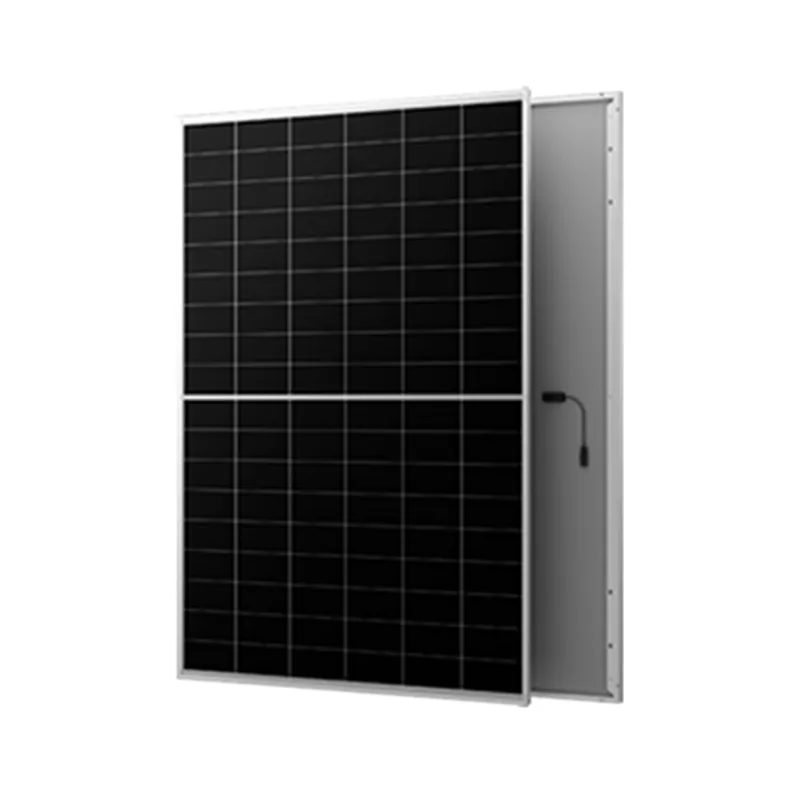solar panel facing
The Importance of Solar Panel Orientation Maximizing Efficiency
As the world increasingly turns to renewable energy sources, solar power has emerged as a crucial player in the transition towards sustainability. While the technology behind solar panels continues to advance, the effectiveness of solar energy systems hinges significantly on one crucial factor the orientation of the panels. Proper solar panel orientation can maximize energy production, reduce system costs, and enhance overall efficiency. Understanding the optimal directions and angles can make a substantial difference in harnessing solar energy effectively.
Optimal Orientation
The direction solar panels should face primarily depends on geographical location. In the Northern Hemisphere, solar panels should ideally face true south to capture the most sunlight throughout the day. Conversely, in the Southern Hemisphere, a true north orientation is recommended. This simple alignment ensures that the panels receive direct sunlight for the longest duration, thereby maximizing energy output.
Adjusting for Latitude
The tilt of solar panels is another vital aspect of their orientation. The ideal angle often correlates with the latitude of the installation site. A common recommendation is to tilt the panels at an angle approximately equal to the latitude of the location. For instance, if you live at a latitude of 30 degrees, setting the solar panels at a 30-degree angle allows them to capture sunlight efficiently throughout the year. In some cases, a steeper angle can be beneficial in winter months when sunlight is less direct, while a flatter angle might be optimal in summer.
Seasonal Adjustments
solar panel facing

For those looking to maximize the efficiency of their solar energy systems, seasonal adjustments can also be beneficial. During winter months, adjusting the tilt of the panels to a steeper angle can capture more sunlight, as the sun travels a lower path in the sky. Similarly, in the summer, tilting them at a lesser angle can optimize performance as the sun reaches higher elevations. While these adjustments require some effort, the potential increase in energy production can justify the work.
Considering Obstacles
Apart from geographical and seasonal factors, physical obstacles should also be taken into account when positioning solar panels. Trees, buildings, and other obstructions can cast shadows on solar panels, significantly reducing their efficiency. It's crucial to assess the surrounding area to ensure that the panels are positioned in a location where they can receive unobstructed sunlight throughout the day.
Economic Impact
The financial implications of proper solar panel orientation are significant. With a correctly oriented system, energy production increases, which can lead to lower electricity bills and a faster return on investment. Additionally, maximizing output can make solar energy a more attractive option in regions with net metering, where excess energy can be sold back to the grid, further enhancing economic benefits.
Conclusion
In conclusion, the orientation of solar panels is a critical factor that influences their efficiency and effectiveness. By considering the optimal direction, angle, seasonal adjustments, and surrounding obstacles, homeowners and businesses can significantly enhance their solar energy systems' performance. As the world moves towards a more sustainable energy future, harnessing the power of the sun through correctly oriented solar panels is not just an option; it's an essential strategy for maximizing energy production and contributing to a greener planet. Embracing these practices will not only benefit the environment but also lead to significant economic savings.
-
Unlocking Energy Freedom with the Off Grid Solar InverterNewsJun.06,2025
-
Unlock More Solar Power with a High-Efficiency Bifacial Solar PanelNewsJun.06,2025
-
Power Your Future with High-Efficiency Monocrystalline Solar PanelsNewsJun.06,2025
-
Next-Gen Solar Power Starts with Micro Solar InvertersNewsJun.06,2025
-
Harnessing Peak Efficiency with the On Grid Solar InverterNewsJun.06,2025
-
Discover Unmatched Efficiency with the Latest String Solar InverterNewsJun.06,2025







